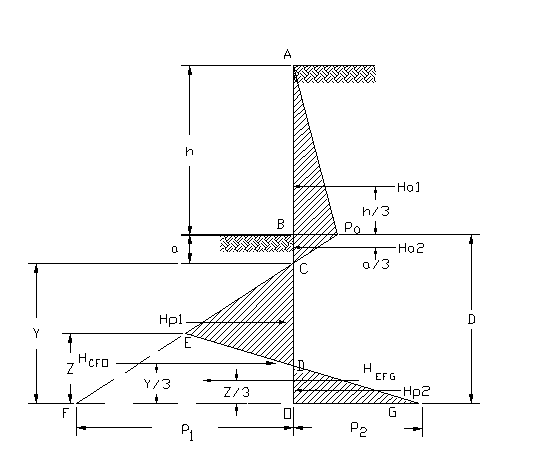tmalik3156
Structural
Good day all.
I am new in sheet pile design. The method I know is to apply active and passive pressures and get the moment demand on the sheet pile.
This is like what the diagram shows.

Now, the Geotechnical Report provides ks values at different depth (Say 4000 kN / m3 at 10 m below ground etc.)
I wonder where and how I should incorporate ks in the analysis!
In fact, I wonder if ks values are required in sheet pile design at all.
Your help is appreciated.
I am new in sheet pile design. The method I know is to apply active and passive pressures and get the moment demand on the sheet pile.
This is like what the diagram shows.

Now, the Geotechnical Report provides ks values at different depth (Say 4000 kN / m3 at 10 m below ground etc.)
I wonder where and how I should incorporate ks in the analysis!
In fact, I wonder if ks values are required in sheet pile design at all.
Your help is appreciated.
